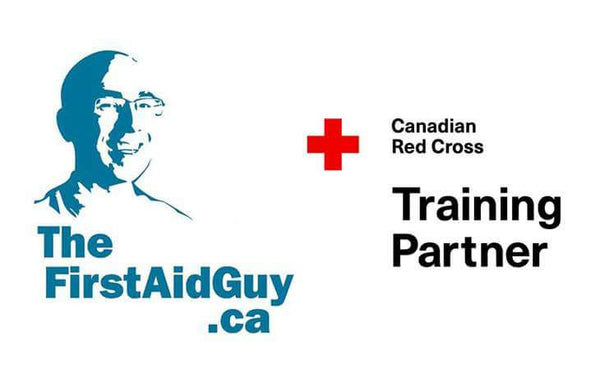As the kids head back to school parents and guardians need to be prepared for the inevitable sharing of illnesses.
Head lice are tiny insects that live on the skin covering the top of your head, called the scalp. Lice can be spread by close contact with other people. Head lice may also be found in eyebrows and eyelashes. Tiny eggs on the hair look like flakes of dandruff. However, instead of flaking off the scalp, they stay put. Head lice can live up to 30 days on a human. Their eggs can live for more than 2 weeks. Having head lice does NOT mean the person has poor hygiene or low social status.
Symptoms of head lice include intense itching of the scalp, small, red bumps on the scalp, neck, and shoulders (bumps may become crusty and ooze), tiny white specks (eggs, or nits) on the bottom of each hair that are hard to get off. Lotions and shampoos containing 1% permethrin (Nix) often work well for treatment. They can be bought at the store without a prescription. If these do not work, a doctor can give you a prescription for stronger medicine. Such medicine should be used exactly as directed.
Conjunctivitis (pink eye) is swelling (inflammation) or infection of the membrane lining the eyelids. There are many causes of conjunctivitis. Symptoms include blurred vision, crusts that form on the eyelid overnight, eye pain, gritty feeling in the eyes, increased tearing, itching of the eye, redness in the eyes, sensitivity to light. Antibiotic medication, usually eye drops, is effective for bacterial conjunctivitis. Viral conjunctivitis will disappear on its own.
As an Authorized Training Provider of the Canadian Red Cross, all First Aid Ottawa Standard and Emergency First Aid courses are recognized by WSIB and its Federal counterpart the Canada Labour code. Visit us online at www.FirstAidOttawa.com or at 613-225-2727.
